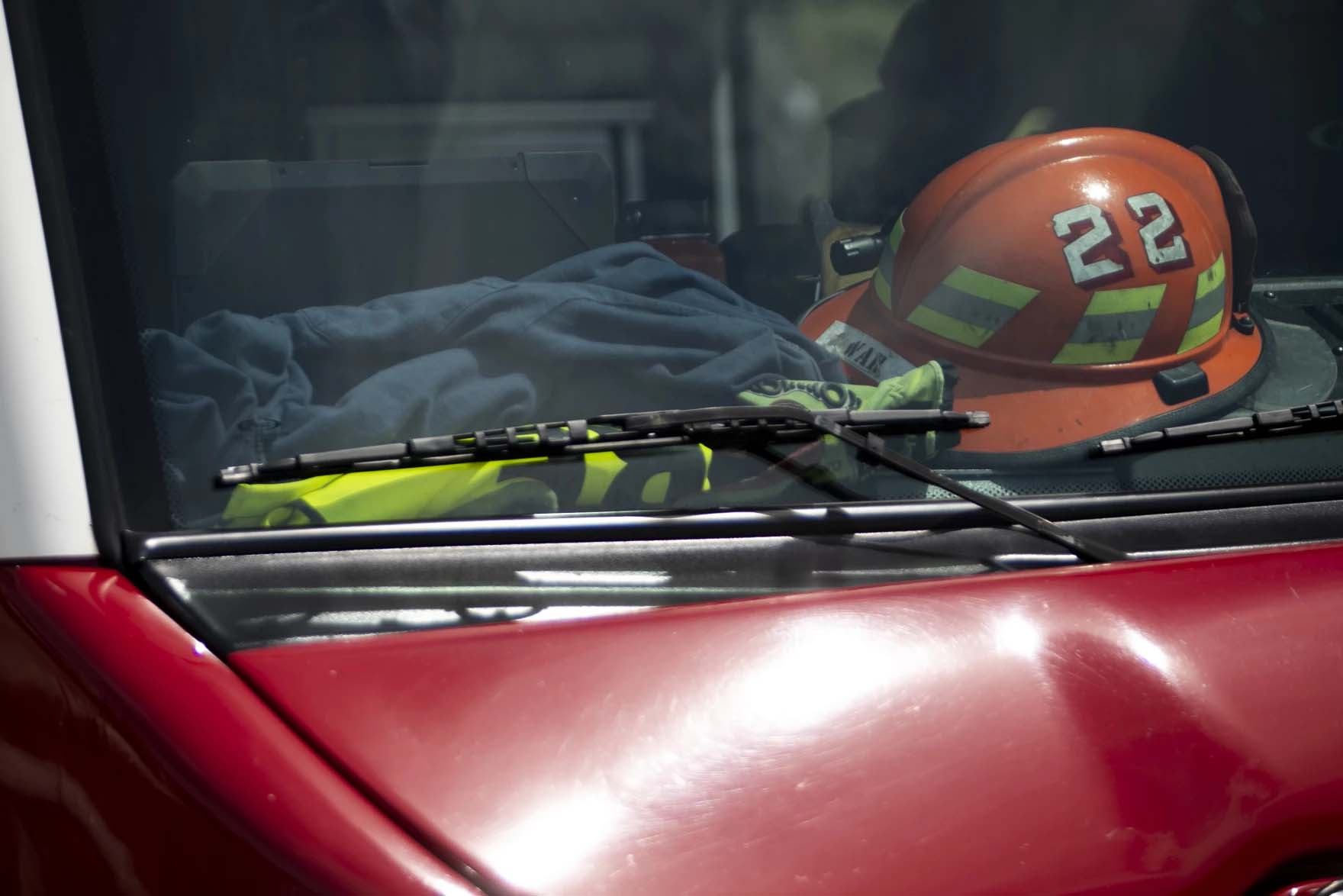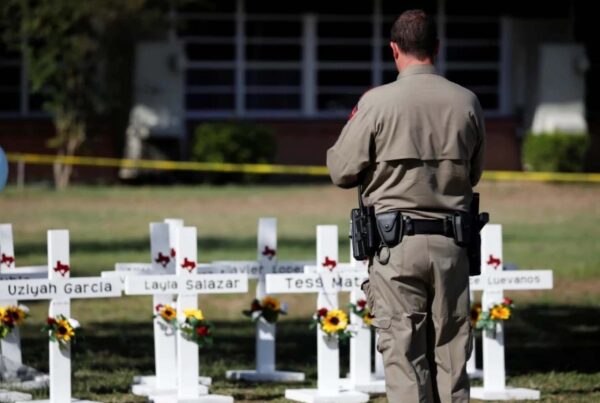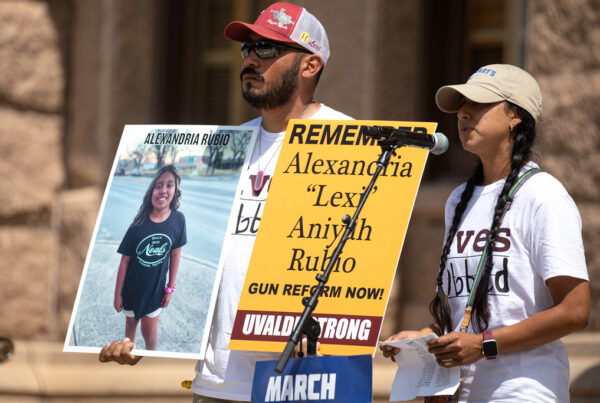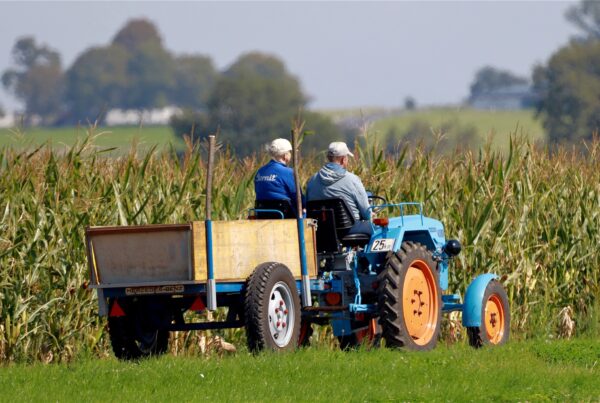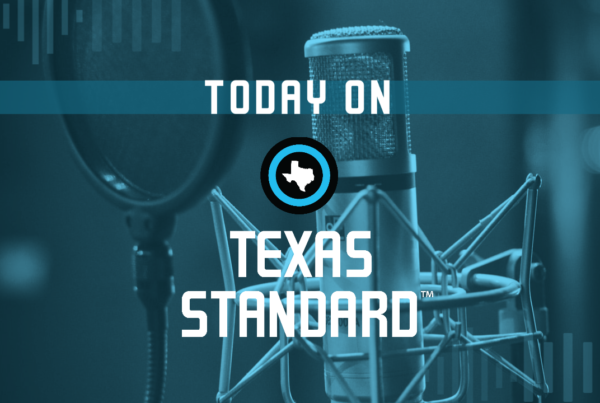From KUT:
This story discusses suicide. If you or a loved one needs help, call or text the Suicide and Crisis Lifeline at 988.
Bob Nicks has been an Austin firefighter for nearly 40 years, but the job he started off with and the job he has today are very, very different.
When he was brought on in 1986, Nicks’ job was simple: fight fire. Now, it’s fight fires, be the first medical professional on the scene, manage inventory, learn to operate and maintain firefighting technology, and take trainings.
And that’s just during his regular shift; he also puts in more hours.
“It’s extremely, extremely tiring,” he said.
Austin requires at least four people to staff all of its 52 fire stations around the clock. The Austin Fire Department doesn’t have the capacity to meet those levels, so firefighters must work overtime. The city released a report last month that found AFD has spent at least $10 million on overtime every year since 2016 and is expected to exceed $20 million this year.
The additional hours and responsibilities exacerbate an already stressful job.
Resilient but anxious
Studies show firefighters are significantly more likely to have PTSD and depression than the general population. A 2015 survey also found 47% of U.S. firefighters have considered suicide, 19% have made plans, 16% have made an attempt to kill themselves and another 16% have deliberately injured themselves.
“First responders are some of the most resilient people that we have, I think, in our society,” Marc Kruse, a clinical psychologist for AFD, said. “These are the type of people who work really, really hard at making sure everybody else is OK, and sometimes at the exclusion of making sure that they’re OK. So, oftentimes when people initially reach out for support, it’s not necessarily because they are struggling with what they are dealing with, but it’s whatever they’re struggling with is now starting to affect their relationships with the people who matter the most.”
Some of the issues firefighters come to Kruse include impaired sleep, post traumatic stress and most notably, anxiety. A firefighter’s anxiety may look different than a regular person’s anxiety, he said.
“A lot of first responders don’t necessarily have a fear of snakes or fear of social situations,” he said. “But worry-based anxiety is a really common condition in first responders, and that’s the idea that because of the nature of the job, because they constantly have to be prepared for what bad might happen, they’re constantly thinking about all the bad things that might happen.”
Support system
At AFD, there’s one solution Kruse has already put into practice – peer support program.
Each person in the program goes through a training provided by the International Association of Fire Fighters, where they learn how to work through trauma and anxiety with their peers. The peers sometimes respond to crisis calls; other times, they’re just a friend for the firefighter to hang out with.
“It’s really here as a way to make sure that we’re taking care of our first responders so that when they show up to work, they’re in the best shape they can be to take care of our citizens,” Kruse said.
One thing that could alleviate firefighter stress further, Nicks said, is bringing on more people.
“We need to get our staffing up where we don’t have to work extra time above 53,” he said. “And we need to reduce our hours so we can work a normal schedule like everybody else, and that’s very important.”
AFD says it’s working on it.
A class of 38 cadets graduated this month, according to Michelle Tanzola, a spokesperson for the department. As of May 12, there were 43 vacancies.
As firefighters continue to rack up overtime, Kruse recommends they take full advantage of the time they have off. That includes sleeping. A lot.
“Impaired sleep is something that we just absolutely have to focus on,” he said. “It’s not just that they wish they could sleep more, but their sleep deficits are starting to cause significant impacts on their life.”
Kruse also recommends finding hobbies and spending as much time as possible with loved ones.
Correction: A previous version of this story incorrectly reported the results of a 2015 study on firefighter suicide.


